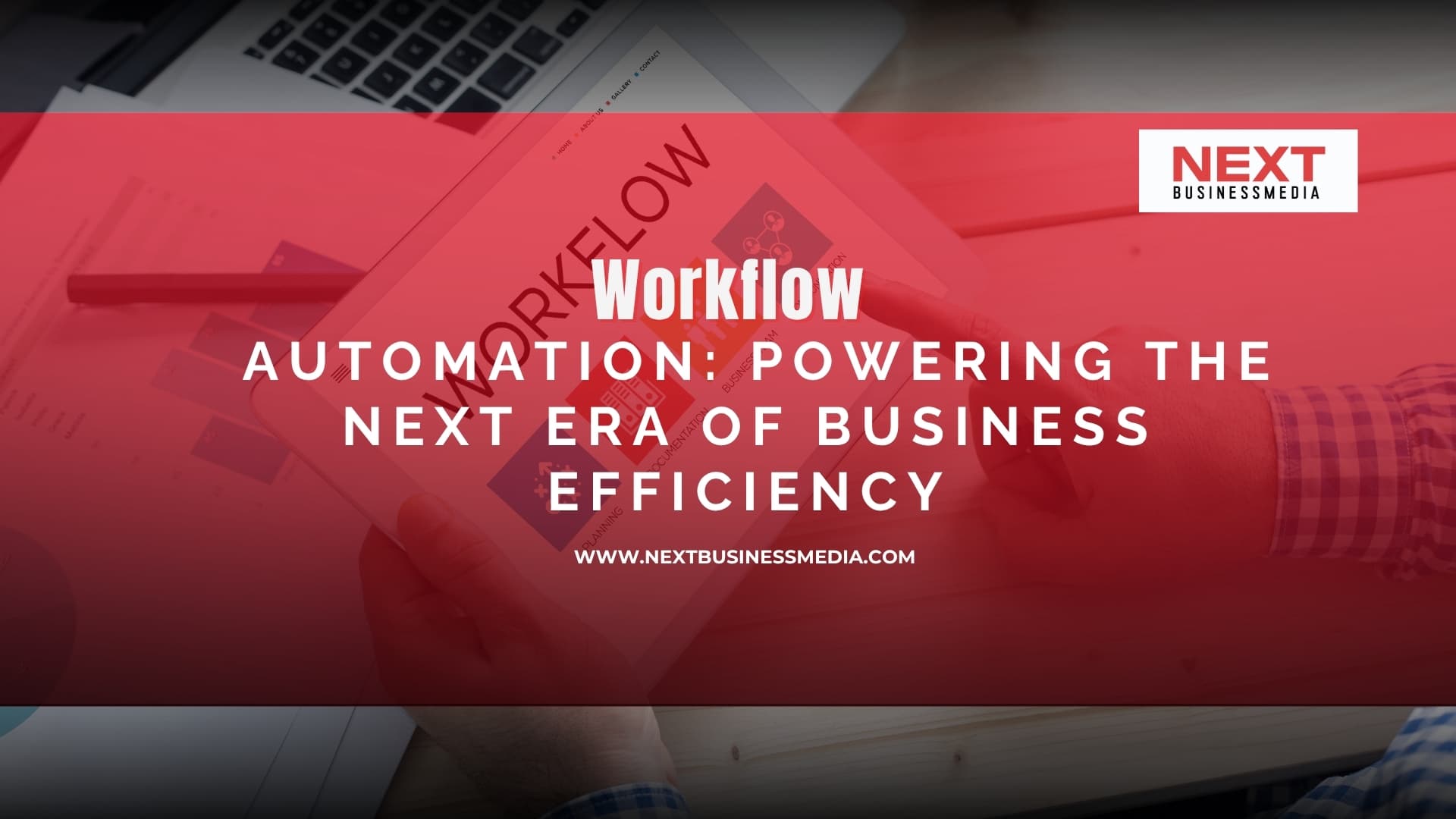Discover how AI-driven workflow automation and hyperautomation are shaping the future of business efficiency and digital innovation.
In today’s competitive business landscape, efficiency is not just a goal—it’s a survival strategy. Companies are reimagining operations, not through incremental improvement but by harnessing automation to transform workflows. Workflow automation combines process optimization, digital tools, and artificial intelligence to create self-operating systems that execute repetitive tasks, streamline collaboration, and eliminate human error. The result: a smarter, faster, and more resilient organization.
Understanding Workflow Automation
At its core, workflow automation involves designing digital processes that allow tasks to move automatically between people, data systems, and applications based on predefined rules. It forms the backbone of digital transformation strategies across industries—from finance and healthcare to manufacturing and marketing.
As global enterprises strive for agility, automation enables teams to focus on high-impact decision-making rather than manual coordination.
Beyond Efficiency: Ensuring Accuracy and Compliance
The benefits of automation extend far beyond simple task execution. Automated workflows ensure consistency and compliance, reducing the risk of errors in critical operations such as invoicing, data reporting, and customer onboarding.
With built-in digital audit trails, every action is recorded, enhancing transparency and traceability. Integration with systems like ERP, CRM, and cloud platforms ensures seamless data flow across departments—eliminating silos and improving overall business visibility.
AI-Powered Automation: From Static to Smart Systems
Modern workflow automation is powered by AI and machine learning, turning static processes into dynamic systems capable of intelligent decision-making.
For example:
AI can prioritize service tickets based on urgency,
Respond automatically to customer queries via chatbots, and
Detect anomalies in financial records for fraud prevention.
These capabilities increase both speed and accuracy, driving productivity and reducing costs.
Scaling Success Through End-to-End Orchestration
For businesses focusing on scalability, workflow automation enables end-to-end orchestration—connecting everything from marketing campaigns and HR onboarding to supply chain management.
It minimizes bottlenecks and accelerates deliverables. Studies indicate that companies integrating AI-driven automation see operational cost reductions of up to 30%, alongside improved employee satisfaction and customer retention.
Transforming Workplace Culture
Automation is not just a technological shift—it’s a cultural transformation. By offloading repetitive tasks, employees can channel their creativity and problem-solving skills toward innovation.
This new human-machine collaboration model allows technology to extend human potential rather than replace it. The rise of low-code and no-code automation platforms further democratizes innovation, empowering non-technical employees to design workflows without programming expertise.
The Data Advantage: Real-Time Intelligence
In a data-driven economy, workflow automation becomes a key enabler of business intelligence. Automated processes ensure that data collection, processing, and reporting happen in real time—strengthening forecasting, compliance, and decision-making accuracy.
When paired with analytics dashboards, organizations gain a 360-degree operational view, making them more agile and responsive to market changes.
Hyperautomation: The Future of Intelligent Enterprises
The next phase of workflow evolution lies in hyperautomation, where multiple technologies—AI, analytics, robotic process automation (RPA), and machine learning—converge to automate complex, cross-functional processes.
This integrated ecosystem will power self-learning systems capable of anticipating business needs, adapting to new conditions, and continuously optimizing performance.
Conclusion: Automation as a Catalyst for Sustainable Growth
In an era where every second counts, workflow automation not only saves time and cost—it also provides a foundation for sustainable, scalable growth.
As businesses transition from traditional models to smart, interconnected ecosystems, automation stands as the key catalyst driving the next era of enterprise efficiency and resilience.
Next Business Media: Driving Intelligent IT Transformation
At Next Business Media, we empower organizations to accelerate their digital transformation journey through intelligent IT solutions. Our focus extends beyond automation tools — we design integrated technology ecosystems that combine workflow automation, AI, cloud computing, and data analytics to enhance business agility and efficiency.
By enabling seamless collaboration between systems and people, Next Business Media helps enterprises modernize legacy processes, improve operational visibility, and achieve end-to-end digital efficiency.
Through our technology expertise and strategic innovation, we are helping businesses evolve into intelligent, data-driven enterprises—ready to lead in the era of automation and smart operations.
References
Camunda:The ROI of automation: Understanding the impact on your business.

